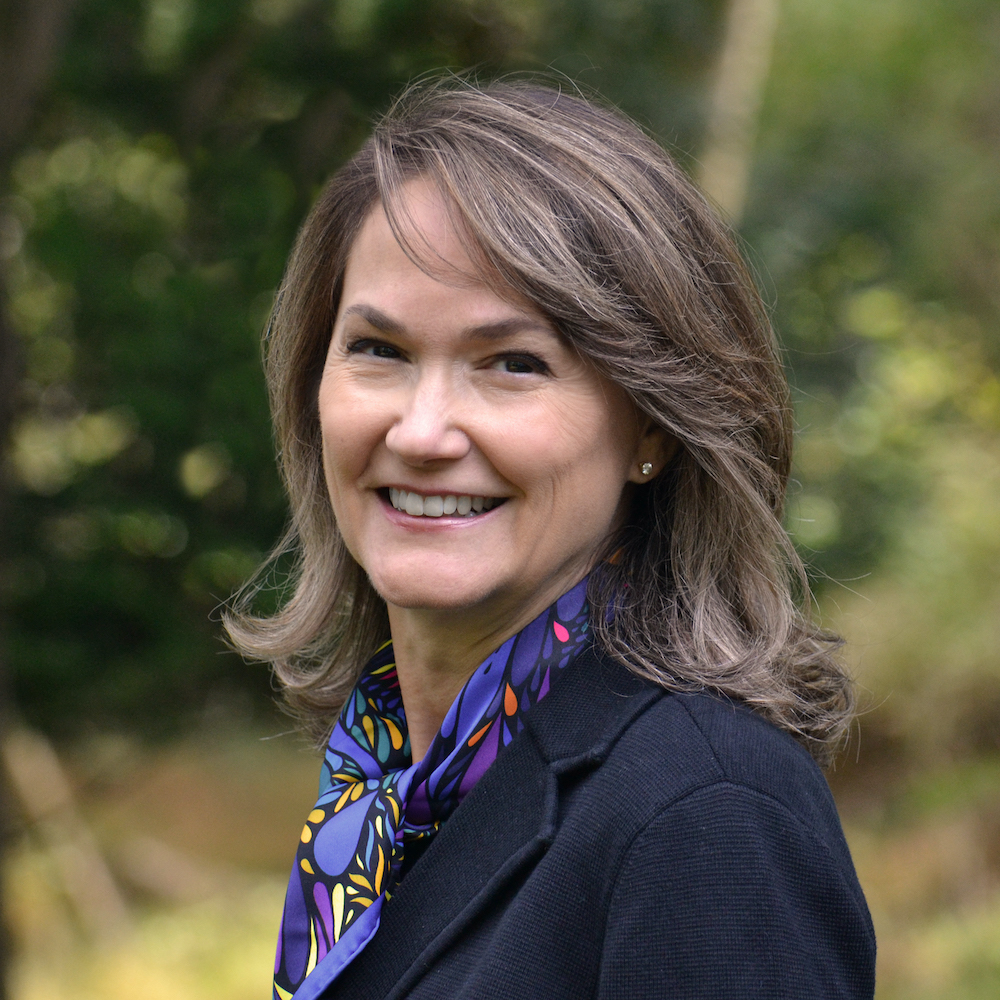Jill Goodman knows why families leave independent schools. It’s not some vague, ambiguous intuition either — she understands their thinking intimately. The value of her insights has skyrocketed as schools across the globe go toe-to-toe with pandemic-induced risk of student attrition never before faced by our generation of school Heads.
Jill knows student attrition because she has conducted attrition studies for schools across the United States. She speaks one at a time with families who left the school they chose and were committed to, to find a solution for their child’s education at another institution. It is long and arduous work that is akin to an archaeologist methodically scraping away at the layers of material that mask the object of their search. It takes a lot of digging to discover an artefact, and then you need to be able to identify and classify it to reliably add to the body of knowledge already gathered.
“Independent school Heads are worried about attrition in this time of crisis,” Jill told the School Marketing Journal. “They wonder if it will be like the Global Financial Crisis and the economic crash that came with it, and if we will see a steep drop-off of students whose families can no longer afford the cost of tuition.”
But the outlook for independent school enrolments is not necessarily as dire as it first appears, if Heads pay close attention to six critical factors.
Jill believes that if school Heads do not dig deeper into their attrition list, they risk missing meaningful insights that could save them hundreds of thousands of dollars to attract and enrol new students. Parents who withdraw students from a school will generally provide a plausible story of economic hardship to school administrators that often masks the real motivations for their decision to leave.
The flip side of the attrition coin is retention. It is common for schools to shower love and attention on prospective parents to such an extent that there is a clear and obvious disconnect when the relationship becomes routine after the first few weeks of term. When a school’s enrolment equilibrium is disrupted, the danger to the school’s economic viability is amplified significantly, but unnecessarily.
“Even before the pandemic, many families leaving their school would tell them that the reason for leaving was financial. When I speak with the same parents, the story is very different. A small percentage of families leave the school strictly for economic reasons, and the majority leave for reasons that the school could have addressed more effectively.”
Each year, at some level, parents make a decision about your future as their chosen education partner for their family. Of course, you hope that moment will be fleeting and then considered as adequately addressed. But the moment is real and often accompanied by painful memories of tuition fee statements in their inbox. The era when parents would unquestioningly stand by their original school choice is long past. Primary and secondary schooling in Australia becomes more commodified as each year passes. In that moment of truth, if your school does not stack up as adding value equal to or greater than the financial and emotional price paid, consider yourself on notice.
During the pandemic response, schools across Australia have been forced to facilitate remote learning. At imageseven, we believe this has validated and even reinforced families’ decisions that their independent school is the best educational option for them. It is too early to label it as a definite trend but, as a generalisation, the competing public school systems have not been as nimble in their response nor able to provide the same level of support. “If parents can afford the school fees next term, they will gladly do so, and new families are enquiring,” says Jill.
But how is that possible when students are not physically on your beautiful campus, taking advantage of your strong co-curricular program or interacting with your close-knit school community?
The shift in the delivery of your school program during the pandemic response has made the educational process more transparent. The transparency dovetails with the six critical components of parent retention developed by Jill Goodman to help school Heads become acutely aware of parents as continual decision-making customers after the initial admissions experience.
There are six experiences that parents need to consistently have each year to cement their relationship with your school. Your school’s ability to address and mitigate these risk factors is the key to achieving and maintaining a low attrition rate.
1. The brand promise communications feedback loop
Your brand is who you are, what you promise and your ability and willingness to keep that promise. Your school makes promises to parents and students about your brand. These promises are made in the enrolment process, on your website, in social media posts and by word-of-mouth. Your school’s brand might include, for example, academic rigour or that every child is known and valued. How does your school regularly communicate to current parents the ways that you are delivering on your brand promise every day? In ‘normal’ times, it probably doesn’t. However, now, with remote learning, parents have been intimately involved in the process. They see the assignments, listen in on classroom activity, hear the guidance from the teachers and know the lesson plans. They see evidence every day that the school is fulfilling its promise.
2. Clear internal marketing
Online gossip, the carpark mafia and ordinary misinformation can be the downfall of a school or school Head. Just a few junior school parents talking to each other about the perceived weakness in the senior school STEM program, for example, can profoundly affect enrolment as parents begin to look elsewhere for their child before senior school. Even worse if they choose not to apply for your early years program for younger siblings. Your parents need to see your entire program across the whole school as a continuum of excellence. Your school is only as strong as its weakest offering.
3. The first 90 days
Enrolment professionals work hard to curate the exceptional experience of enquiring families to ensure that each feels valued, understood and welcomed. Often, the family forms a trusting relationship with the Registrar/Director of Enrolments, one that cements the parents’ decision to buy your educational program for their child. What happens after the student is enrolled and before the family has had time to form new trusted relationships? Jill’s research reveals that the family is at the highest risk of conflicts and issues in the first 90 days of schooling, as they feel a little untethered in their new environment. With the prospect of social distancing in some form being a feature of our society for another 12 months, or because another round of remote learning is imposed, teachers will need to connect with parents sooner and more comprehensively to partner effectively with families.
4. Swift and effective conflict resolution
In speaking one-on-one with parents about their failed relationship with their former school, most experienced an unresolved conflict with the school. It might be the ‘whole school’ or an individual staff member, but the parents and school leaders were unable to come to an understanding and a way forward. This does not mean you should change your school policies and bend to the will of individual parents, but it does mean that the school should have a formal protocol to swiftly, kindly and respectfully address issues. As school Head, it is your responsibility to ensure a protocol is in place and implemented. Schools that don’t have a protocol, or that don’t implement their protocol, lose control of the conflict, and parents attempt to resolve their issue from several angles, spreading negative word-of-mouth with each angle. Jill’s research has revealed that, on average, parents will dedicate four months to conflict resolution before starting to investigate another school for their child.
5. Public displays of learning
When Jill conducts focus groups for schools that are evaluating their brand and brand promises, she always asks participants to tell her about a ‘high point’ experience, one that made them feel alive, engaged and connected to the school. Parents will often talk about dramas or musicals, community or sporting events, chapel talks or awards nights. Parents can see that their child is mastering a piece of material or activity that is a real stretch for him or her. They are surprised and delighted at seeing this growth and seeing it in community with others. That exact experience has been happening every day during enforced remote learning. Parents see their child with peers, in the classroom, interacting and contributing to the fabric of the learning community, and stretching themselves in new ways. All the other parents in the class are seeing this too.
6. Community involvement
Parents, particularly those of junior school day students, are looking not only for an educational philosophy that matches theirs, but also a community of predominantly like-minded people with whom they can form social connections as families. The stronger the connection is to the community, the less likely it is that a family will leave if a conflict arises. There are two critical questions for school leaders regarding their community: how do you create a sense of community and who is in charge of creating that sense of community? Jill encourages school Heads to look closely at the roles of their parents’ association and support groups to ensure their activities are still relevant and that they are guided and supported by the school administration.
School Heads and their staff are devoting an incredible amount of personal attention to the social and emotional health of their community during the response to the pandemic. Time and care are being taken to make individual contact with each family to check-in on both the school experience and the emotional wellbeing of the family. It is right and appropriate that this should be done. However, which parts of this new focus will survive the transition into the uncharted future beyond the initial pandemic response? Which parts, if any, will find their way into the daily intention of your school?
The pandemic is a health crisis that has already turned into a global economic crisis. Don’t squander the opportunity to analyse and decide which of the six parent brand experiences to incorporate into your school that will help mitigate risk and alleviate anxiety when parents next face that moment of truth.
Insight applied
- There is usually more behind a decision to leave than financial pressure.
- Make sure your school stacks up for each ‘moment of truth’.
- Mitigate risk and alleviate anxiety.
- Decide which parts of your current focus should survive the transition beyond the initial pandemic response.
Jill Goodman is an expert in investigating, analysing and understanding student attrition. A consultant, leadership mentor and strategist, she has over 20 years’ experience in developing high-level strategy, executing and growing core programs for numerous independent schools.
jillgoodmanconsulting.com

Andrew Sculthorpe, aka Scully, is the Managing Partner of imageseven. With a wealth of experience gained in both the UK and Australia, he is perfectly positioned to deliver insights that create a world-class impact for schools and their Heads.







